You say you picked up angling a few years ago and you’re not sure if you’re still considered a fishing beginner, or if you’ve made it to the intermediate phase? Part of knowing what you’re talking about is linguistics, and fishing lingo is a language all its own. Take our quiz and put your knowledge to the test — by the time you reach question 10 you’ll know whether or not it’s time for a promotion.
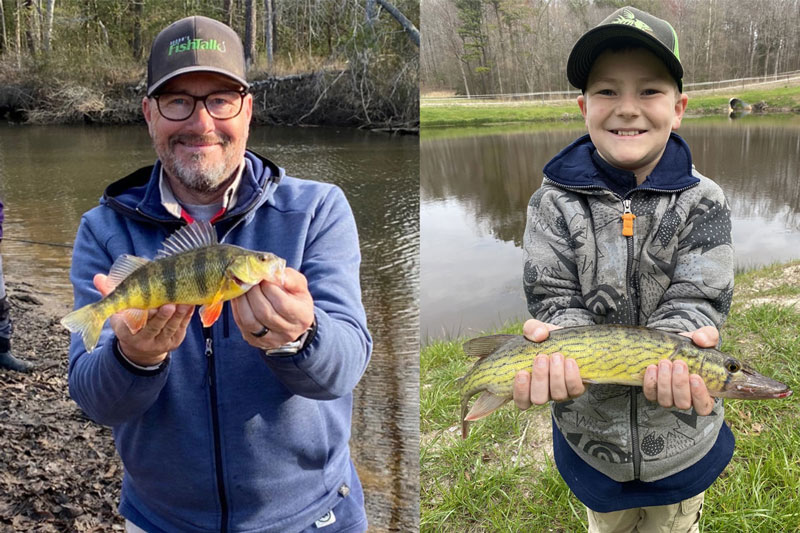
- Bailing – When used with reference to mahi-mahi, the term “bailing” means:
- Gaffing fish one after the next as multiple anglers reel them up to the boat.
- Tossing bait and baited hooks into the water next to flotsam or floating objects to (hopefully) trigger a feeding frenzy.
- Stacking huge numbers of fish, one atop the next, in the fishbox.
- Trolling in circles in the same general area over and over, until deep fish come up to the surface and strike your lures.
- Chatterbait – People cast chatterbaits for everything from largemouth bass to striped bass. These lures have:
- A metal blade attached to the front of a jig or jighead, which swings back and forth as it moves through the water.
- A metal blade attached to the back of a jig or jighead, which swings back and forth as it moves through the water.
- A metal blade attached to the jighead with a small swivel, which spins as it moves though the water.
- Metal balls inside a lure’s plastic body, which rattle around and create a “chatter” as the lure swims.
- Flipping – Flipping is a form of…
- Celebrating, after you catch a fish. It’s best done on land and not in a boat.
- Jigging, where you pop the rod tip quickly enough to flip a jig or spoon under the water.
- Casting, where you pull off some line then pendulum the lure and flip the rod tip to propel it.
- Reeling, where you turn a spinning rod reel side up.
- Jerkbait – A jerkbait is…
- What you call your cousin every time she brings a new boyfriend out on the boat and he sinks a hook into a seat cushion or T-top.
- A plug similar to a crankbait which has a neutral buoyancy and is designed to be retrieved with a stop-and-go cadence punctuated by occasional jerks of the rod tip.
- Any jig retrieved with a jerking action.
- Plastic worms hooked “wacky” style.
- Lead-Head – A lead-head is…
- What you call your cousin every time she brings a new boyfriend out on the boat and he sinks a hook into a seat cushion or T-top.
- A piece of lead molded to a hook, which is then dressed with soft plastics, a skirt, teaser, bait, or combination of the above.
- A lipped plug with a lead head and a hard plastic body.
- A spoon with a lead keel.
- Ferrule – This term is used to describe:
- The part of a spinning reel that you flip over before casting.
- The eye on a lure you tie off to.
- The reinforced joint where a two-piece rod fits together.
- What happens to a cat if you leave it outside too much.
- Stinger – A stinger is…
- Why you hate bees.
- A fish that strikes at an unexpected moment, with gusto.
- A type of small, slender spoon, often cast or trolled for toothy fish like blues or mackerel.
- A second hook added to the first one which (hopefully) decreases the number of missed strikes.
- Tenkara – In the world of fly fishing, Tenkara means:
- Rolling the rod tip to form a loop that travels down the line and casts the fly (also called a “roll cast”).
- Tying two flies or streamers on the same line.
- It’s a trick question — Tenkara isn’t related to fly fishing.
- A form of fly fishing with the line attached to the end of a long rod and no reel.
- Tippet – Tippet is just another word for:
- Leader.
- The tip of a fishing rod.
- A hook point.
- The end of your mainline (where you attach the leader).
- Walking the Dog – Walking the dog is a technique used for:
- Topwater fishing, where you cause the lure to dart right and left by constantly working your rod.
- Topwater fishing, where you cause the lure to dart right and left by speeding it up and slowing it down as you direct the rod tip.
- Jigging, where you bounce your jig along the bottom in a steady cadence.
- Jigging, where you reel quickly enough to prevent the jig from ever hitting bottom.
BONUS QUESTION: Which of these escape artists are NOT an invasive species in the Mid-Atlantic region?

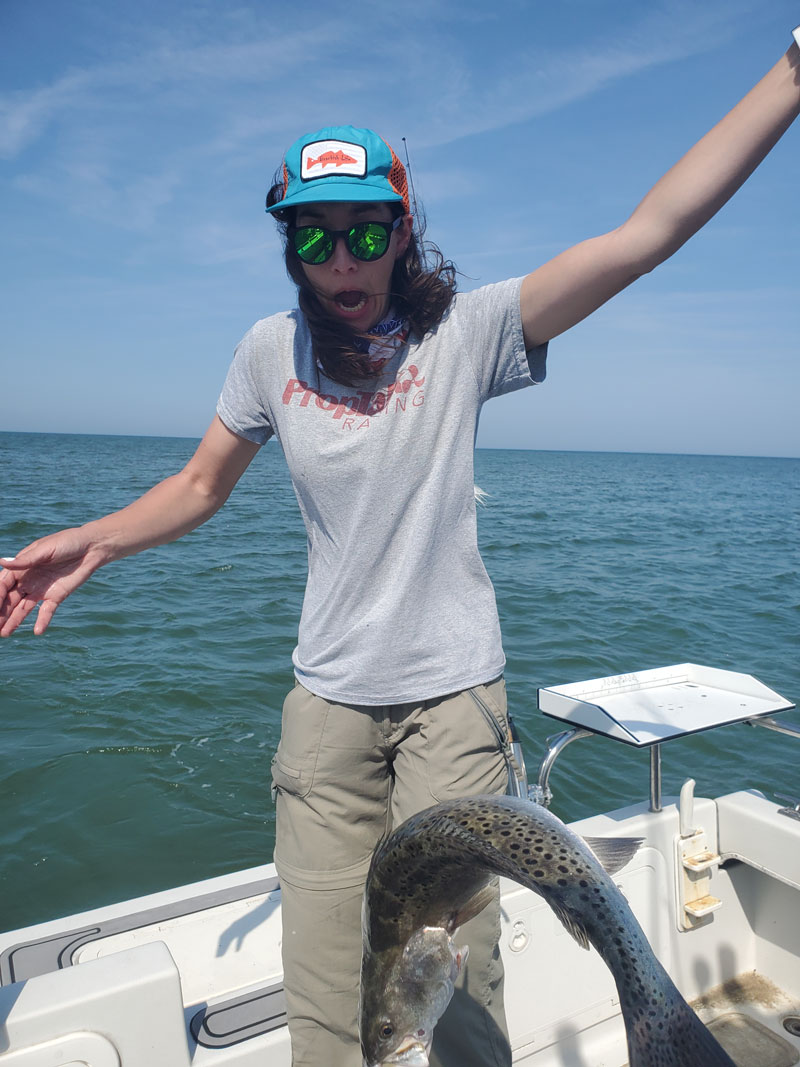
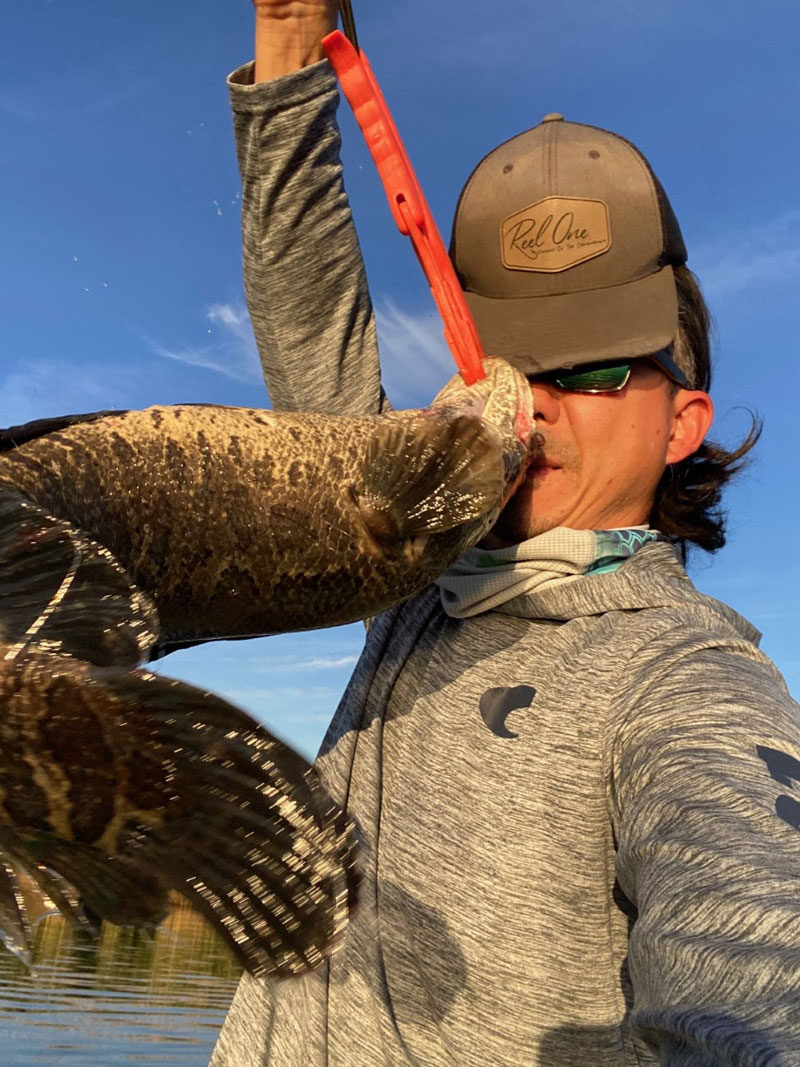
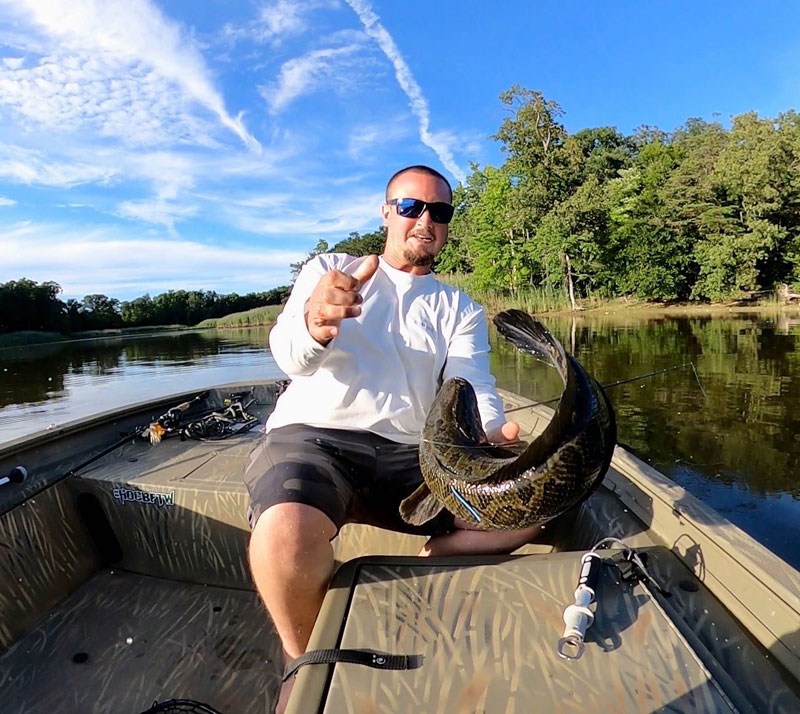
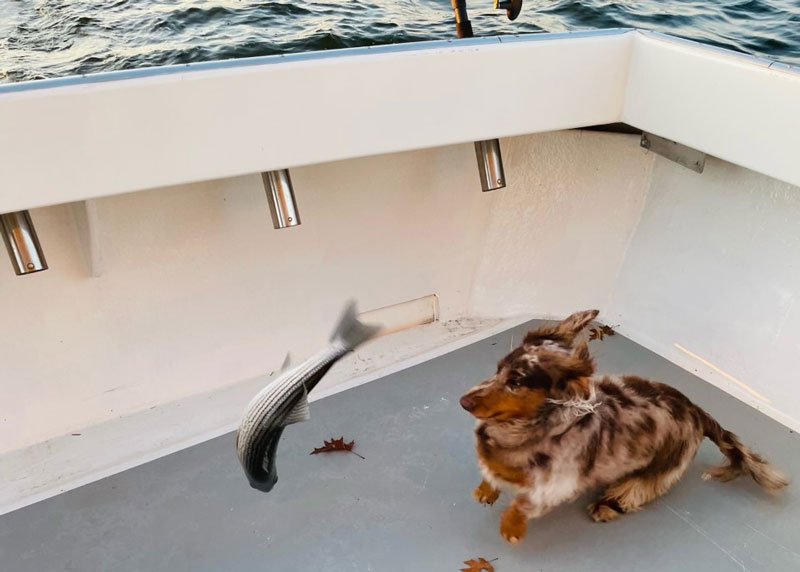
Answers:
1. B
2. A
3. C
4. B
5. B
6. C
7. D
8. D
9. A
10. A
BONUS: B (a speckled trout), E (a rockfish). A, C, and D are snakeheads, the king of all escape artists.
Beginner Fishing Quiz Scoring:
0 – 5 correct: We’re guessing you picked up this magazine in a restaurant or liquor store and haven’t tried angling before. Welcome to the wonderful world of fishing, rank beginner!
5 – 8 correct: Nice try, but we’re afraid you haven’t earned this merit badge just yet.
8+ correct: You’ve just been promoted!
Editor’s note: If you want to brush up on your terminology, check out Fishing Terms: A Glossary of Fishing Lingo. If you enjoyed this quiz try our Chesapeake Bay Fishing Quiz